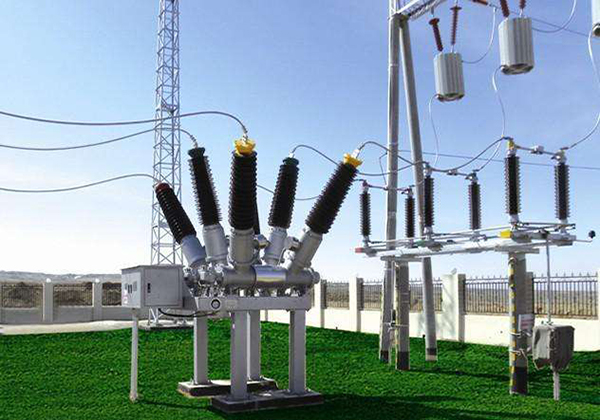Comparison of low voltage fuses and circuit breakers
2024-03-13
2024-3-1
1. Definition
Low-voltage circuit breakers are electrical appliances used to control and protect low-voltage circuits. They are mainly used to protect circuits from overloads, short circuits and other faults. A fuse is an electrical device that uses a fuse chip in a circuit to provide overload and short-circuit protection.
2. Comparison of protective capabilities
There are differences between low-voltage circuit breakers and fuses in terms of protection capabilities. Fuses can cut off current in a short time (usually a few ms) to protect electrical equipment, but their protective capabilities against overloads and short circuits are relatively weak. The low-voltage circuit breaker can complete the protection of various faults such as overload and short circuit of the circuit, and has more powerful protection capabilities.

3. Comparison of action speed
In terms of operating speed, fuses are superior to low-voltage circuit breakers. Because the fuse chip of the fuse can cut off the current in a very short time, its operating speed is very fast. The low-voltage circuit breaker has a relatively slow action speed and cannot cut off the current instantly like a fuse. It needs to transfer the current to the protection circuit first and then operate for protection.
4. Comparison of applicable scope
Fuses are widely used in electrical equipment and power supply protection, while low-voltage circuit breakers are mainly used for on-site manual operation of control and protection circuits. In addition, low-voltage circuit breakers can also perform functions such as remote operation, protection of equipment, monitoring of electrical energy, and measurement of electrical energy.
To sum up, there are certain differences between low-voltage circuit breakers and fuses in terms of protection capabilities, operating speed and scope of application. When selecting electrical protection equipment, consideration and selection should be made based on various factors such as the specific situation, circuit load, and safety requirements.




